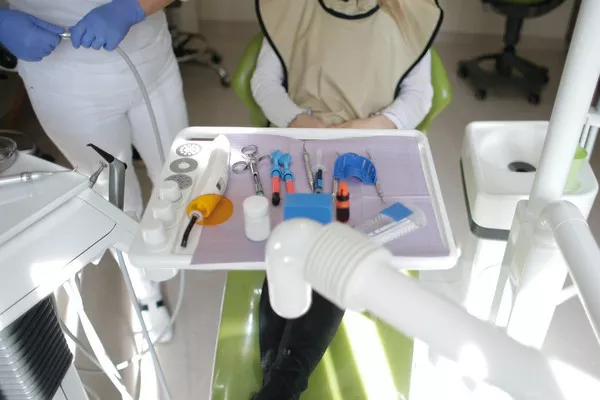In the realm of dental health, one question that often plagues our minds is, “How long does a cavity last?” Dental cavities, commonly referred to as tooth decay, can be a persistent issue for many, but their duration varies based on various factors. In this article, we will delve into the intricacies of dental cavities, exploring the timeline of their existence, factors influencing their longevity, and tips for prevention. Let’s embark on a journey to understand the life span of these pesky dental adversaries.
1. The Lifespan of a Dental Cavity
To address the longevity of a cavity, it’s essential to recognize that dental decay is a dynamic process. Initially, when a cavity begins forming, it may not exhibit any noticeable symptoms. This early stage is crucial for intervention. Without proper care, the cavity can gradually progress, leading to a more advanced and persistent issue.
The Dormant Phase: During the initial stage, a cavity may remain silent for a significant period, potentially lasting for months to years. This phase’s duration depends on factors like oral hygiene, diet, and genetics.
Progression to Active Decay: If left unattended, a cavity will eventually become an active dental issue, causing pain, sensitivity, and visible damage to the tooth structure. This phase can last for years if left untreated.
Complications and Further Progression: If the cavity extends deeper into the tooth, it can lead to severe complications, such as abscesses and root canal infections. At this point, the cavity can persist for several years without proper intervention.
2. Factors Influencing Cavity Longevity
The duration of a cavity’s existence is influenced by a multitude of factors. Understanding these variables is vital for comprehending the timeline of dental decay.
Oral Hygiene Practices: Regular brushing, flossing, and professional dental cleanings significantly impact the longevity of cavities. Effective oral hygiene can extend the dormant phase and prevent further progression.
Dietary Habits: A diet rich in sugary and acidic foods accelerates cavity formation. The duration of a cavity can be shortened if an individual’s diet is not tooth-friendly.
Genetic Predisposition: Genetics can play a role in cavity susceptibility. Some individuals may have a genetic predisposition to dental decay, potentially leading to shorter cavity lifespans.
Medical Conditions: Certain medical conditions, such as dry mouth or acid reflux, can increase the risk of cavities, potentially reducing their longevity.
3. Prevention and Prolonging Cavity Life Span
Now that we’ve explored the factors affecting the duration of cavities, it’s crucial to discuss how to prevent them and extend their life span in the dormant phase.
Oral Care Routine: Maintain a strict oral care routine. Brush your teeth at least twice a day, floss daily, and use an antimicrobial mouthwash to eliminate harmful bacteria.
Dietary Choices: Limit the consumption of sugary and acidic foods. Opt for a balanced diet rich in fruits, vegetables, and dairy products, which promote dental health.
Regular Dental Checkups: Visit your dentist regularly for checkups and cleanings. Early detection of cavities can extend their dormant phase and prevent further damage.
Fluoride Use: Incorporate fluoride toothpaste and mouthwash into your oral care routine. Fluoride helps strengthen tooth enamel, making it more resistant to decay.
Sealants: Consider dental sealants, a protective coating applied to the molars, to prevent cavities in these hard-to-reach areas.
4. The Role of Modern Dentistry
In today’s world, advancements in dentistry have provided various treatment options to address cavities. Restorative procedures like dental fillings, dental crowns, and root canals can prolong the life span of a tooth affected by decay. Dental professionals can restore a tooth’s function and aesthetics, ensuring that the cavity’s impact is minimized.
5. Cavity Duration Statistics
To provide a more data-driven perspective, studies indicate that untreated dental cavities can persist for several years, with the average duration ranging from 2 to 10 years. However, it’s important to emphasize that the effects of dental decay can vary widely among individuals.
6. Conclusion
In conclusion, the duration of a cavity’s existence is a multifaceted issue, influenced by individual habits, genetics, and access to dental care. Understanding the life span of a cavity is essential for taking proactive measures to prevent and treat dental decay. By following a diligent oral care routine, making informed dietary choices, and seeking professional dental assistance, you can extend the dormant phase of a cavity and maintain a healthy, cavity-free smile for years to come. Remember, your dental health is in your hands, and with the right knowledge and practices, you can outsmart the longevity of cavities.
Related Links:
How many visits for a dental implant?
What are the parts of a dental implant?
What to Do if dental implant crown falls out?





























